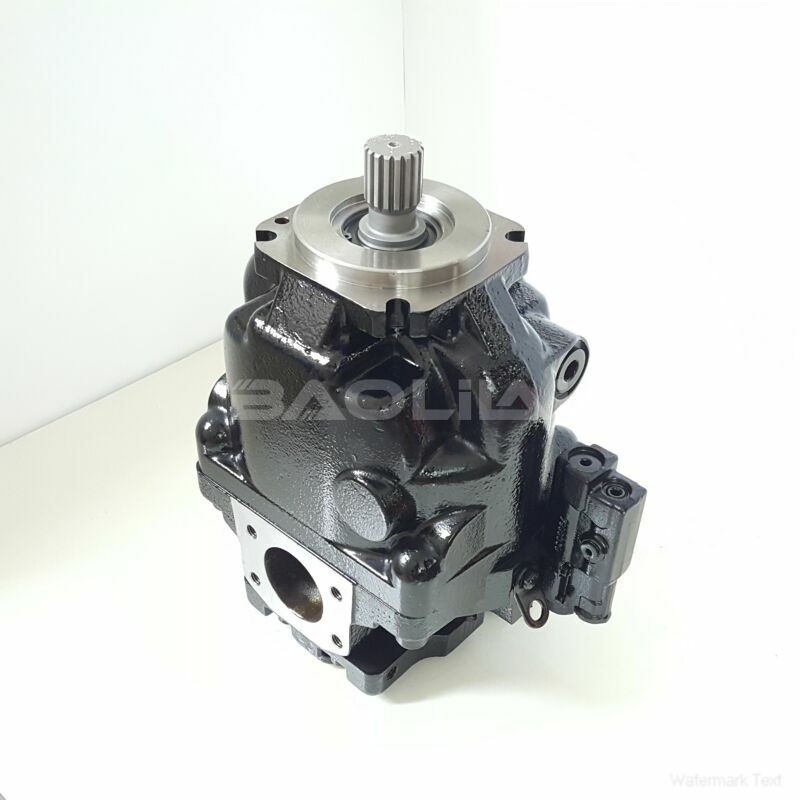ERR100BLS2020NNN3S1CPA1RAAAANSNNN hydraulic oil pump
ERR100BLS2020NNN3S1CPA1RAAAANSNNN hydraulic oil pump

- Product Details
- Applicable Scene
Hydraulic pumps are essential components in closed-loop fluid systems, converting mechanical energy into hydraulic energy to perform various tasks in industries ranging from manufacturing to automotive. However, one of the common challenges faced in these systems is excessive vibration, which can lead to premature wear, damage, and operational inefficiencies. This article will delve into the causes of hydraulic pump vibration and provide practical solutions to mitigate these issues.
ER-R-100B-LS-20-20-NN-N-3-S1CP-A1R-AAA-ANS-NNN
ERR100BLS2020NNN3S1CPA1RAAAANSNNN
Understanding the Causes of Hydraulic Pump Vibration

83040257
Hydraulic pump vibration can stem from several factors, including:
Imbalance in Rotating Components: Any imbalance in the rotor, impeller, or other rotating elements can create dynamic forces that manifest as vibration.
Misalignment: If the pump and motor are not properly aligned, it can result in uneven load distribution and increased vibration.
Cavitation: This phenomenon occurs when the pressure in the pump drops below the fluid’s vapor pressure, leading to the formation and collapse of vapor bubbles, causing noise and vibration.
Fluid Conditions: Poor fluid quality, such as contamination or incorrect viscosity, can disrupt the smooth operation of the pump, contributing to vibration issues.
Mechanical Wear: Over time, wear on bearings, gears, or other components can increase tolerances and contribute to misalignment and vibration.
External Factors: Environmental aspects, such as nearby machinery or structural resonances in the mounting surface, can also induce vibrations.
Strategies for Mitigating Hydraulic Pump Vibration
Identifying the root cause of the vibration is crucial for implementing effective solutions. Here are several strategies to address hydraulic pump vibration problems:





